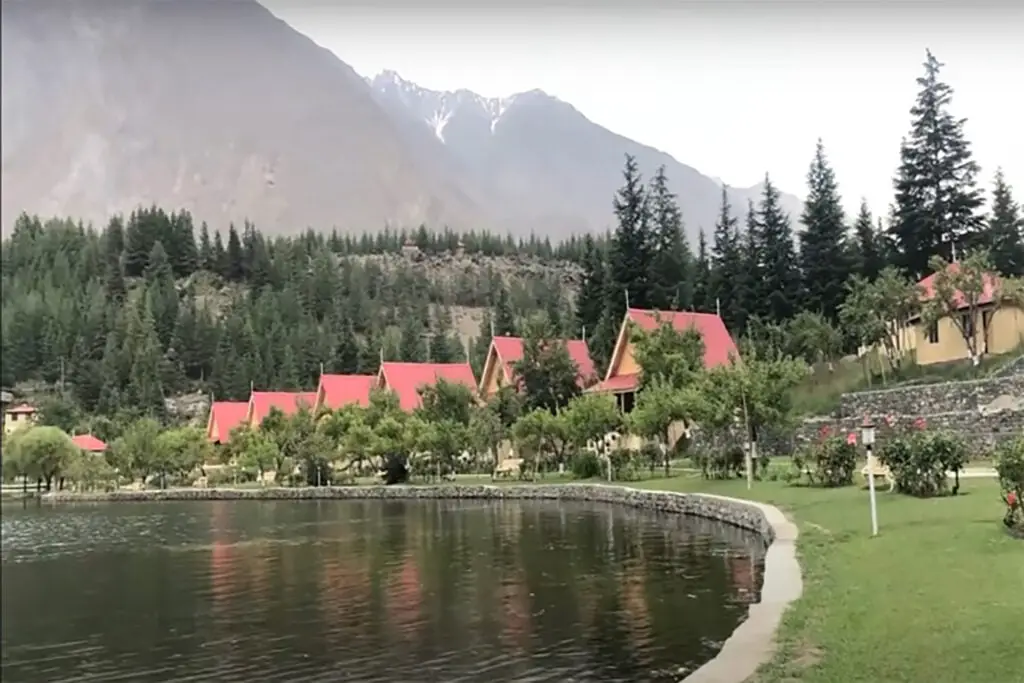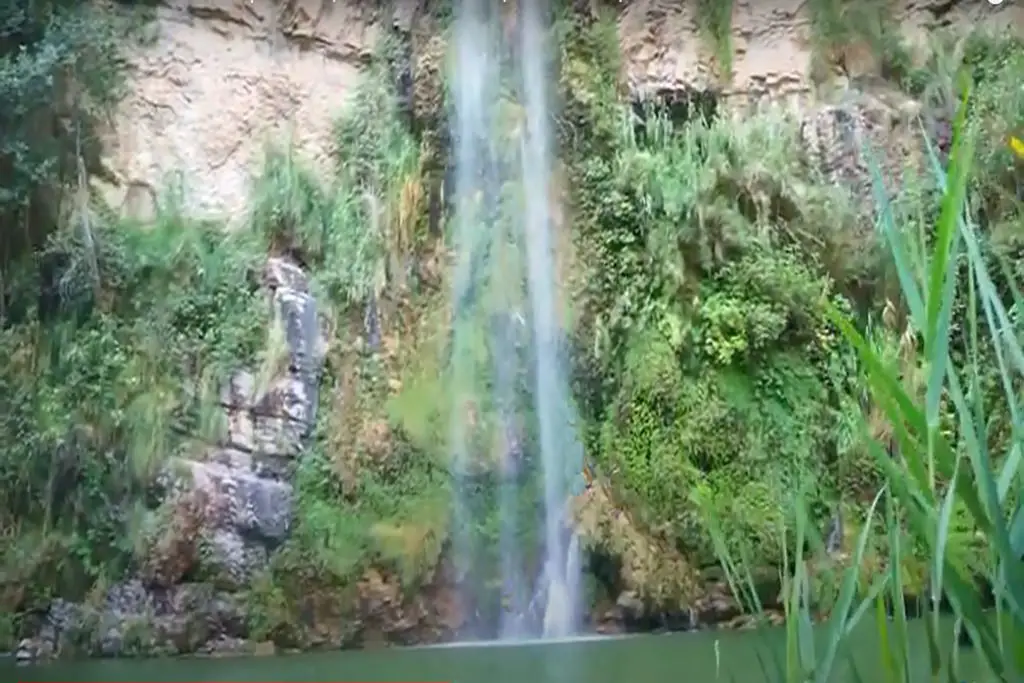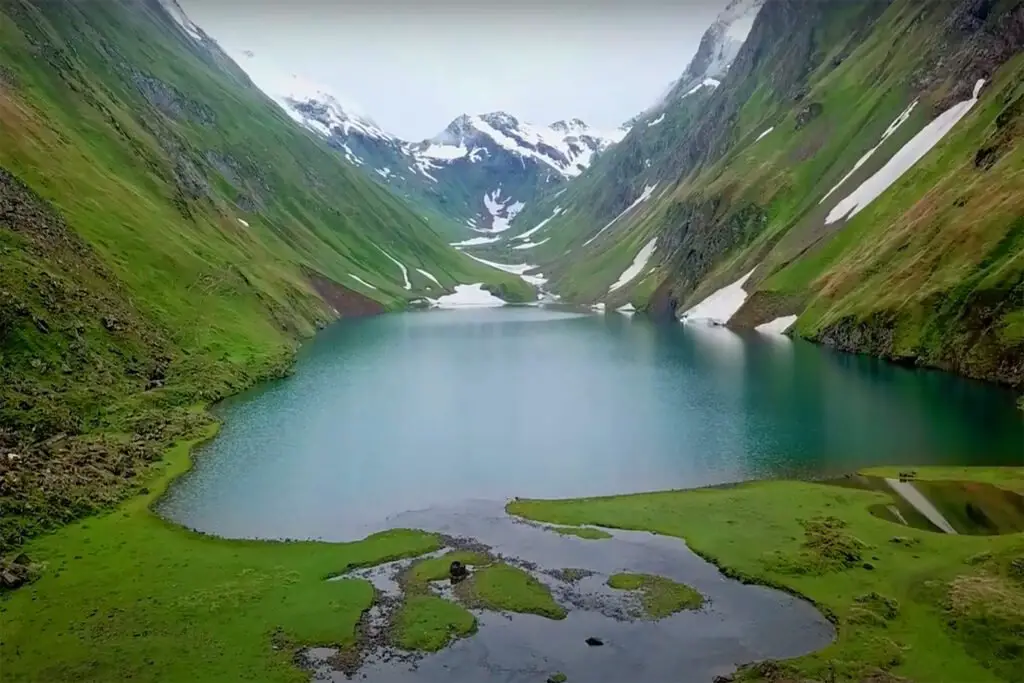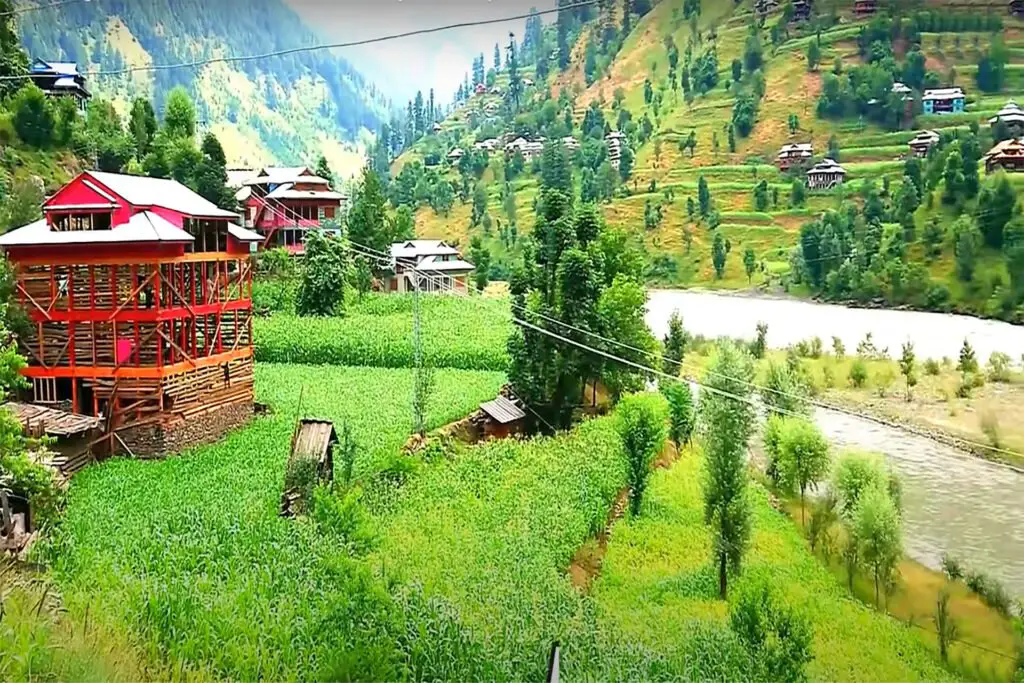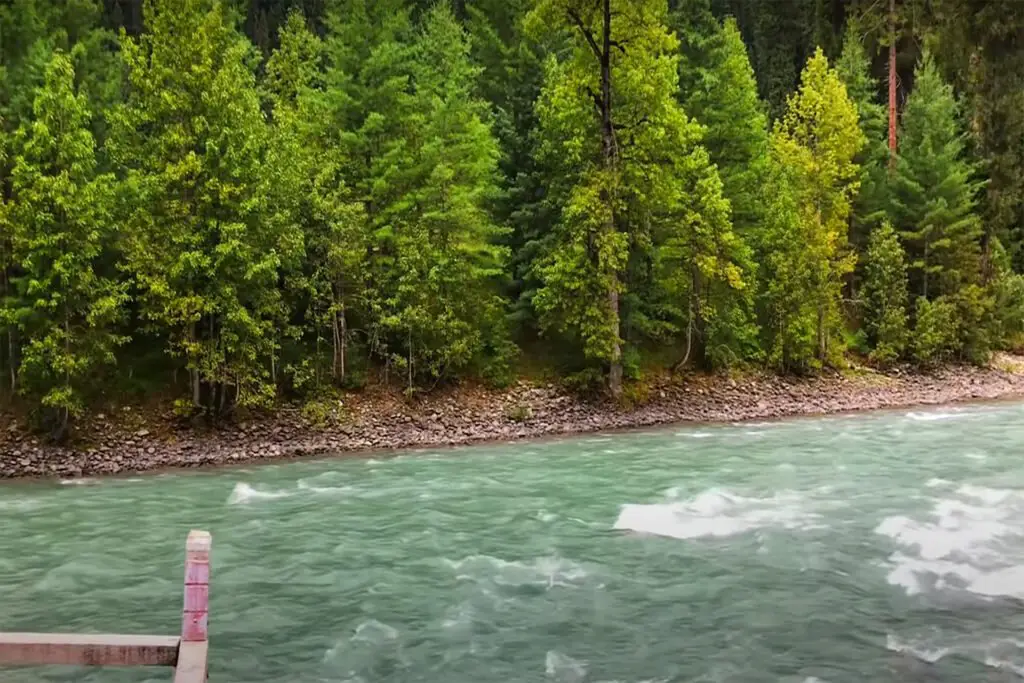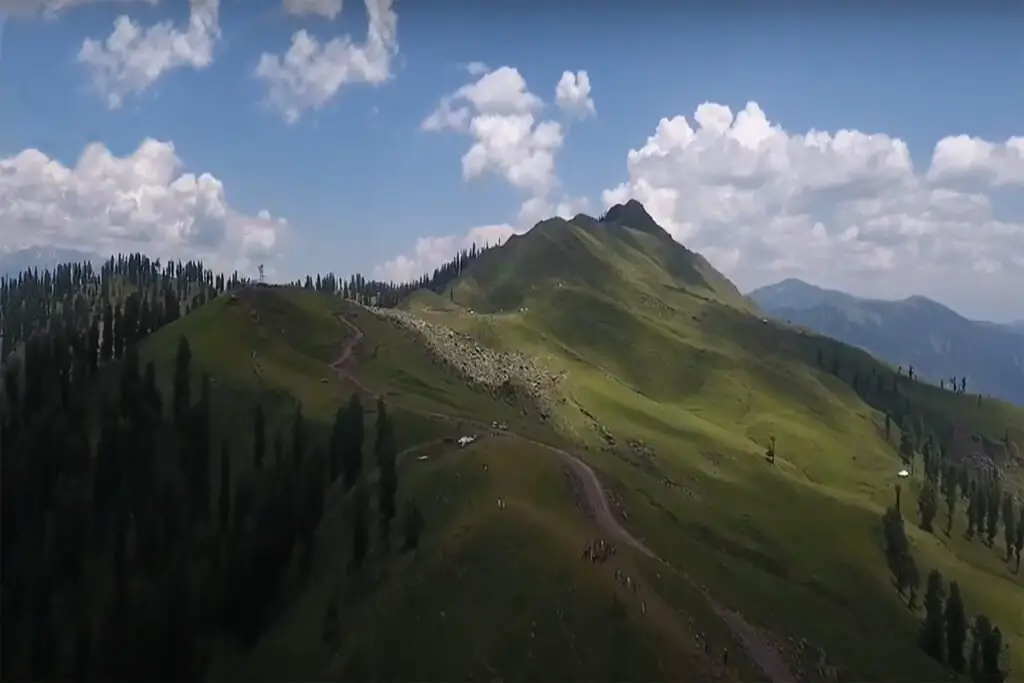Skardu is a city located in Gilgit-Baltistan, Pakistan, and serves as the capital of the Skardu Region and the Baltistan Division.
Altitude of Skardu, Pakistan
Skardu is located at an altitude of nearly 2,500 feet (8,202 ft) in the Skardu Valley, where the Indus and Shigar Rivers meet.
The city is an important gateway to the 8 thousand mountain range of Karakoram. The Indus River flows through the region separating Karakoram from the Himalayan mountains.
The name “Skardu” is believed to be derived from the word Balti which means “low ground between two high places.” Higher points “refers to the city of Shigar, and the higher Lake Satpara.
History of Skardu
The region of Skardu has been a part of Tibetan Buddhist culture since the establishment of the Tibetan Empire under Songsten Gampo in the mid-7th century CE Tibetan tantric texts were discovered throughout Baltistan until about the ninth century. Since the region is close to Central Asia, Skardu kept in touch with the tribes near Kashgar, in what is now China’s western province of Xinjiang.
How to Reach Skardu Pakistan
There are following 2 ways to reach Skardu Valley
1. By Air
Pakistan International Airlines flights daily from Islamabad & Dubai. However, as pilots fly, they have no computer navigation, the aircraft only travels on clear days. During the flight, you may have a glimpse of Nanga Parbat (the 9th highest mountain in the world) and the K2 (2nd highest mountain in the world). The plane flies over the gorge of the Indus River.
2. By Road
Skardu can be reached by bus from Islamabad. Driving takes you to KKH (Karakoram Highway).
With KKH under construction and the Skardu road still under construction, the road could take up to 36 hours by public transport (estimated cost of 1500 Rupees).
It is also possible that you came to Skardu from Gilgit. Although less than 200 km the journey takes about 8 hours by public transport.
The beauty of Skardu Valley
The village of Skardu is rich in resorts, lakes, castles, and cold deserts all combined to exemplify beauty.
In the extreme north of Pakistan, Skardu is the central valley of Gilgit-Baltistan, an example of beauty, serenity, and wilderness.
Roads to some of the world’s highest mountains including K2, K3, and Gasherbrum; all connected to this valley.
High Mountains – Main Attraction of Foreign Climbers
These high mountains attract thousands of hikers from all over the world each year; some even lost their lives in an attempt to collect these steep mountains.
Behind Jaglot on the Karakoram Highway, a small detour around Skardu. During the seven-hour journey, one is greeted by the many streams, fountains, and hospitality of the local people.
Shortly after crossing an old wooden bridge over the Indus River, one reached Shangrila.
At the top is Kachhura Village, where the clear waters of Lake Kachhura are surrounded by amazing trees.
Watching the sunrise behind the mountains is a spectacular sight. It was the first time I had ever seen the sun so calm over the Indus.
The Indus River changes at different times of the year; green water on the winter shore and various shades of gray in summer.
Places to Visit Near Skardu
Then there is the Kharpocho Fort overlooking the hills, which has been under construction for 600 years. It was built by the Balti emperor Ali Sher Khan Anchan.
Once considered invincible, the fortress now struggles to survive in time. But despite the problems, Karpocho still retains its beauty. The breathtaking views of the valley from the castle on the night of the full moon are hard to miss.
Sand dunes in the Katpana Valley, also known as the cold desert, are extraordinary in themselves. Strong winds move the mounds as fast as nomads. In this high and cold climate, the desert is a fascinating attraction.
Moving on from the Skardu Bazaar, the road leading up to the highest plains in the world, Deosai, and on the same road, Sadpara Lake can be seen where the dam is now built.
There is only one hotel located on the shores of Sadpara Lake. Part of it is submerged in water, and there are now three rooms left.
On the eve of a full moon, Lake Sadpara looks very exciting.
In the mountains, the sun sets early on the plains, and the background light stays on for a few minutes. The interval between sunset and sunset is an unexplained event for someone who has not been a witness to this.
If Gilgit and Hunza are the first to travel to Pakistan, then Skardu and Baltistan are where all the strongest travelers go.
Not surprisingly, it can be difficult to get to Skardu, and finding out what you can do there can be a challenge. The region lacks tourism infrastructure despite being considered the “capital of Northern Trekking”.
Famous Deserts of Skardu Pakistan
There are two notable deserts close to Skardu: Katpana and Safaranga. Both are best known for being among the tallest deserts in the world, so much so that they actually freeze in winter.
If, on the other hand, you want to get the “right” desert experience, head to Safaranga instead. The mounds here are high, the scenery is better, and the peace is more noticeable.
If, on the other hand, you want to get the “right” desert experience, head to Safaranga instead. The mounds here are high, the scenery is better, and the peace is more noticeable.
Organic Forest Skardu
The trail to the Forest of Life begins at the beginning of the ascent to the castle. Instead of going up, just follow the trail around the mountain. You will walk for about 15-20 minutes on the edge of a cliff before turning a corner and reaching a sandy, wooded area on the Indus coast. The Organic Forest is just 15-20 minutes ahead.
You will know that you have reached the Organic Forest when you see the big sign at the top. Feel free to wander around a bit and enjoy the peace. There are a few places near man-made canals that make for good standing. Consider packing a small picnic to have a picnic while you are there.
To get back to Skardu, go back the way you came. You may continue to move forward and go around the rock, but this will take an hour or two to complete.
Ancient Fort
Skardu has an ancient fort known as the Kharpocho Fort (King of Fortress) located on a hill overlooking the city. It was built by Ali Sher Khan Anchan, who ruled over Baltistan until the end of the 16th century. The mighty Indus skiing just a few feet below your feet on the white sands of sand is a spectacular sight.
Satpara Lake
Satpara Lake is About 5 km (5 miles) north of Skardu and 20 minutes by jeep from Lake Sadpara, surrounded by snowcapped mountains, reflected in its clear waters. The lake has a mythical island in the middle of nowhere, which can be reached by country boats for rowing. The lake is full of fish and provides good fishing.
Shangrila Lake
Shangrila Lake About 32 kilometers (20 miles) from Skardu and 1 hour by jeep there is the shimmering Shangrila lagoon, also known as Kachura Lake, full of brown fish. In the spring many unusual and colorful flowers adorn the branch, while peach, apricot, and apple trees are in full bloom in April. Later in the summer, one can taste apples, which is a delicious variety. See also Shangrila lounge.
Shigar Valley
The gateway to the peak mountains of Karakorams, Gasherbrum, and K2, is only 23 kilometers from Skardu by jeep road. The irrigated slopes of the Shigar Valley are lined with plains of wheat, corn, and barley. Its gardens of apricots, mulberries, peaches, plums, pears, apples, and nuts are unique to Baltistan. A wooded mosque in the center of the city was built by Kashmiri carpenters a few hundred years ago.
Shigar Fort
Shigar Fort means Fort on Rock is an ancient castle of Baltistan and Pakistan located in the city of Shigar. Serena Shigar Fort Skardu was built in the 17th century by Raja of the Amacha Dynasty of Shigar.
Khaplu Valley
Situated approximately 60 miles (103 kilometers) to the east of Skardu, this charming valley follows the meandering path of the Shyok River. Khaplu serves as the gateway to a multitude of trekking and hiking routes, making it a popular starting point for adventure seekers. The region boasts the presence of iconic peaks, including Masherbrum, Saltoro, Sia Kangri, K-6, and K-7, which adorn the surrounding landscape.
A significant historical site in Khaplu is the Chaqchan Mosque, an enduring testament to the region’s cultural heritage. Built in 1504 AD, this mosque, named after its founder Syed Ali Hamdani, stands as one of the earliest mosques in Baltistan. Additionally, Khaplu houses the historic Raja Palace, a testament to its royal legacy, while the remnants of Thors, a site of archaeological interest, add to the valley’s historical allure.
Buddha Rock Carvings
From the 8th century AD, a large number of Buddhists surrounded by small Buddhist monasteries carved on a rock, three miles from Skardu across Sadpara Nullah on Skardu-Sadpara Road. Prehistoric men and animals are carved into the rock near Lake Kachura. Other stone carvings and a monastery drawing near Perkuta (Mehdi Abad) Nalah are also available.
Karakoram Air Safari
Hiking, hiking, and trekking: This area is ideal for hiking. Permission to climb a mountain and walk in a limited area is issued by the Department of Tourism, Government of Pakistan, Pakistan Sports Complex, Kashmir Highway, Aabpara, Islamabad (Telephone: 92-51-9203509). Fishing permits are issued by the Department of Fisheries in Gilgit and Skardu.
Make a trip to the K2 camp
Fishing
Lake Satpara (8 km) and Lake Kachura (32 km) from Skardu are full of trout. Fishing permits are issued by the Department of Fisheries.
Organic Fruits
- Flora & Fauna: Roses, lilies, pansies, willows, pine, and pigeon trees are found in abundance. Apples, apricots, peaches, mulberry plums, walnuts, and grapes are available from June to October, and almonds from October to March.
Skardu Wild Life
Baltistan prides itself on wildlife such as Markhors, ibexes, snow leopards, and birds, namely Chakors, partridge, and ducks. Most animals and birds are protected but limited shooting is allowed. Hunting permits are issued by local authorities.
Hiking
A walk around the end of the Skardu rock will take you to the nearby village of ‘Narsok’, where you will find a large, clean spring flowing from the bottom of the monolith. To reach Narsok, walk to the far end of the Skardu Polo Stadium and take a trail through the rocky slopes below Zowar Singh Castle.
The mighty Indus skiing just a few yards below your feet amidst the silver-white sands is a spectacular sight. on the western shore of Satpura Nala, there is a long, vertical rock with a beige upper face. Recorded here about AD 900 is a beautiful portrait of Maitreya Buddha meditating on the Bodhisattvas.

